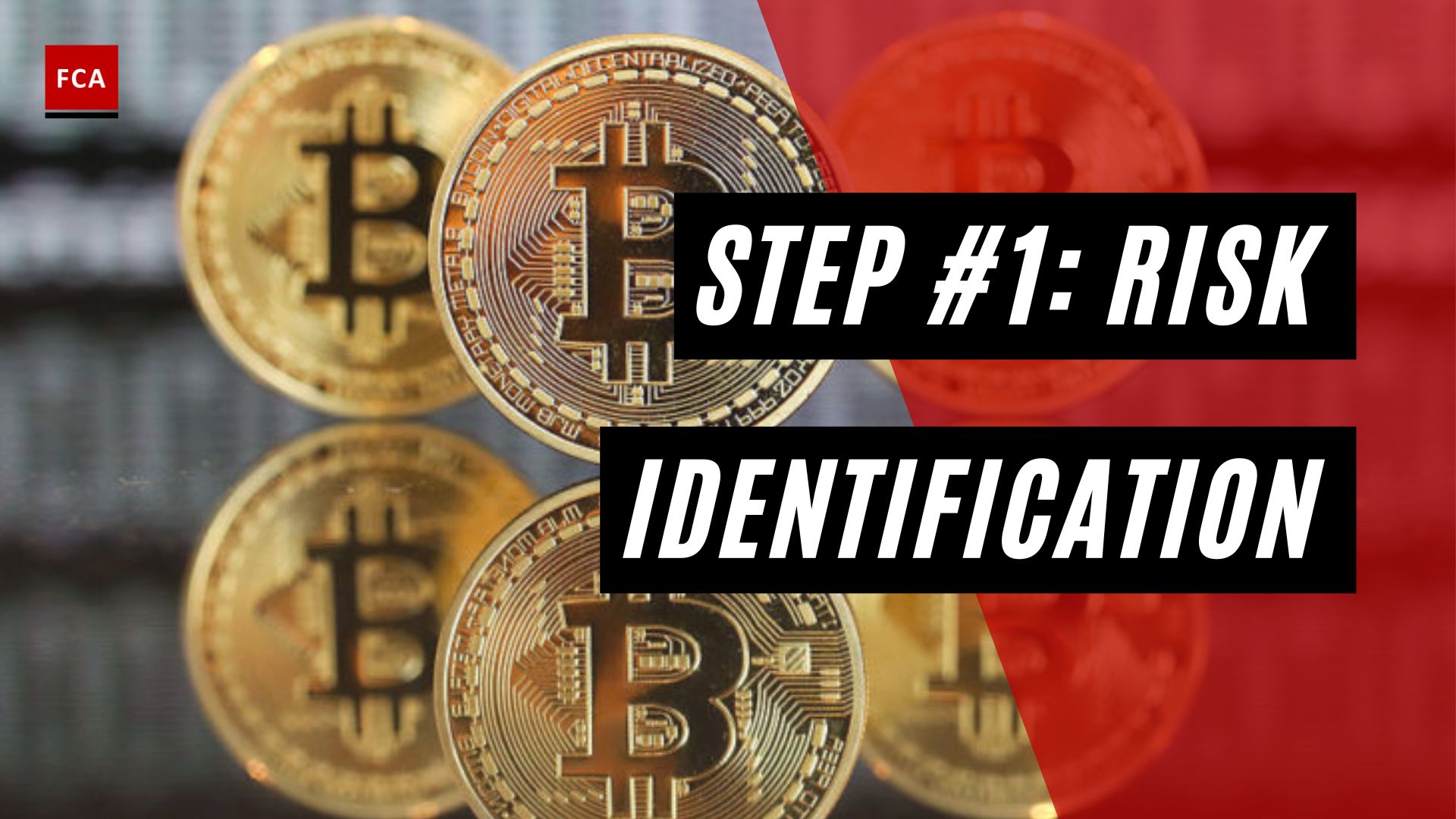Financial crimes in cryptocurrency, such as fraud or money laundering, are increasingly becoming a focal point for auditors, necessitating robust and adaptable investigation methodologies to ensure the integrity of digital transactions.
After gathering sufficient appropriate evidence related to the audit of cryptocurrencies and blockchain technology, the auditors or experts corroborate the evidence and find similarities in the patterns indicating the actual reasons and hints of the financial crimes, such as fraud or cryptocurrency money laundering. The auditors must be satisfied that the evidence gathered is strong to conclude the audit.
Auditors are required to conclude the cryptocurrency audit based on the information and facts discovered during the investigation of cryptocurrency transactions and blockchain technology. To conclude the audit the auditors must be confident enough to conclude the case. There should be reached a level of understanding and satisfaction regarding the financial crime or cryptocurrency risk patterns and indications of real culprits with embezzled funds.
The auditors are required to document the conclusion sequentially and logically. All the facts and figures including related evidence are required to be documented in relatable and sequential form.

Unraveling Financial Crimes in Cryptocurrency
Following is the list of minimum key information which is usually recorded by the auditors as part of audit working papers:
- Cryptocurrency and blockchain technology audit planning
- identification of cryptocurrency transactions to be audited
- Interviews of persons to gather evidence
- Names, designations, and locations of the interviewees
- Information obtained with dates of receipt
- Observations performed and information obtained from nodes of the blockchain
- Counting of cryptocurrency assets
- Data obtained and analyzed from the computers and electronic devices
- Sampling methods use
- Level of personnel investigated in the organization or the company
The auditors are required to conclude the cases and issue the final audit report to the Board of Directors or Senior Management of the company. The audit report is required to be reviewed by the chief financial officer (CFO) and the chief executive officer (CEO) of the company.
The auditors prepare a formal cryptocurrency conclusion report, where all the facts and figures with details of evidence obtained, are covered. The audit report is addressed to appropriate, authorities such as the Board of Directors or the CEO of the organization. In the audit report, a relevant conclusion is arrived at by the team regarding the real culprit or fraudsters with the amount embezzled.
A board audit committee (BAC) is responsible for supervising the results of the audit of cryptocurrencies. The committee periodically meets to review and discuss the audit report, and the significant issues identified and reported related to blockchain technology and cryptocurrency transactions.
The committee ensures that audit findings are appropriately disseminated to the relevant personnel in the organization, for rectification or development of relevant internal controls, to avoid the reoccurrence of reported incidents or financial crime risks. The compliance function usually performs periodic compliance reviews and checks the mitigation strategy and the progress of the implementation of mitigation plans. The results of compliance reviews, including the progress of mitigation plans are included and compiled for the review of the board audit committee (BAC).

Final Thoughts
In the evolving landscape of financial transactions, the emergence of blockchain technology and cryptocurrencies has ushered in a new realm of opportunities as well as challenges. As auditors adapt to this new frontier, rigorous processes are crucial to detect, investigate, and mitigate financial crimes such as fraud or money laundering. The comprehensive approach to auditing, from meticulous data gathering to well-documented reports, forms the bedrock of this critical activity.
Furthermore, the role of oversight bodies, such as the board audit committee, and their continuous efforts to improve internal controls based on audit findings, underline the importance of vigilance and adaptability in this dynamic field. Indeed, as we move forward in this digital age, the evolving landscape of crypto-auditing continues to be an integral pillar of financial integrity and security.









